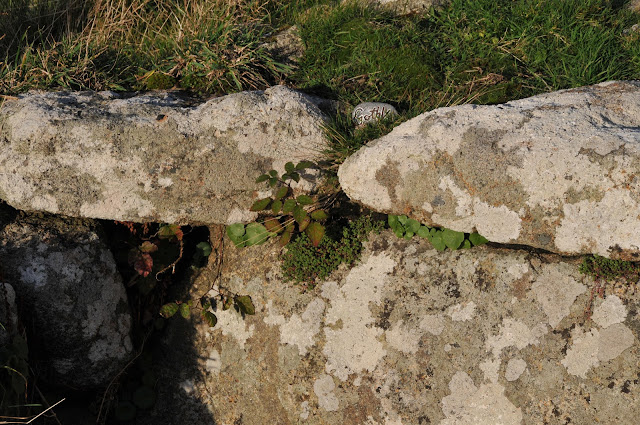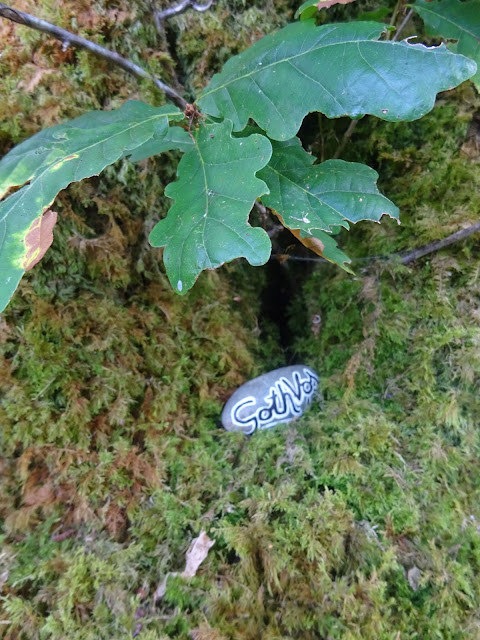The Other Sided unresolvable otherness.
For someone spending or having spent a vast amount of potentially solipsistic activity loitering behind theatrical scenery or more propitiously manufacturing said devices, or aspects of manufacturing: urging, planning, drawing, painting, constructing or “shifting” scenery or scenic affects, for someone of such ilk it remains a mystery to me why such a person nurtures a deep fascination for “the other side”, the Dark Theatre, the over-scribed and under scryed about-face, the dusty void and out-of-hours, the lock-in, the type of deserted railway platform after the train departs and not the railway platform before the train is arrived, a slackened emptiness of departure and not the tense anticipation of pre-arrival, for someone of such a disposition I am neither surprised nor unconscious that such a person is me and possibly you if you have read thus far.
The great drama that played out in the devising of the device, the orthodoxy of the system fuelled by the pyramid of authority borrowed for the fleeting two dimensional reflex from the visceral three dimensional desensitised loutish reality. Great humour and craic but sweaty hours and schemes, all night get ins and get outs and chemically overloaded neurones. The preparation for the Ritual of Performance is out-performing the Ritual, we have sacrificed the bull too soon. Such is improvisation a slightly bit unplanned and therefore more ceremonially sacred than the comparatively cliched Ritual, and yet the Ritual is good because it is functioning at the right time in the proposed place, a sacred place made more sacred with flattage, raked floors, controlled drapery, lighting effects, sound effects, all the attributes of a spectacle, a special time, a special place that proceeds
a procession of acts and actions.
 |
| The Buds of Bloomsbury |
But my friends we have come too late.
The Gods live up there in a different world.
Endlessly they act as if to spare us,
Little they seem to care whether we live or do not.
Holderlin.
I recall an image of a beautiful Ben Nicholson painting in a book by Norbert Lynton, pretty sure I’ve got that authors name right, I have a fascination for Nicholsons work on the Line, but the feature I loved best about this particular example of Nicholsons works were the two photographs - one taken of the front of the canvas showing clearly the figuration, the tonalities, the slight blurring using a wash over the incisive modulating graphite line and the accompanying “twin” photo of the reverse of the same painting, showing the chalked codes of various galleries and curators, labels, numbered raffle-ticket labels, customs and excise, framers labels even postage stamps which I presume were used as a type of legitimising authority, in the days when authority was presumed, visible, represented by such paraphernalia as the queens head on a postage stamp, rubber stamped evidence of a process of judgement and validation, the stamp itself concealing something powerful and unknown, as official as pound notes and fivers but it would be blasphemous to stick actual money on there, representations of power not actual power.
The modus operandi was to display the “tyre tracks” in the gritty journey of the painting between being shown in one place and travelling to the next gallery, more stamping, more signing, translation, more validation. The validators accretion spoke about a lot, more than its travelling history, for me it spoke about its other sidedness in way that brown paper, bubble wrap rags, unprimed flax, textured masonite are equally as eloquent.
 |
| The Dark Theatre |
These signals are all the scrape marks and scratches of the Dark Theatre, a peculiar smell emanating from dust being heated in the coloured gels of a theatre lantern, a faint whiff of fire retardant soaked drapery and in earlier times the smell of glue size, the right place at the wrong time, the wrong place at the dark time, against nature.
Seasons are marked by ritual and ritual is the perfect emphasis to seasonal variation, to elevate the ordinary to the sacred, the arboretum in autumn as the sugar content in the sycamore leaf drives the green to yellow, the yellow to orange and orange to vermillion, leaving us with burnt umber everything winter. and so it was that we walked to Charleston along the South Downs but it was winter and everything slumbered but such a heavy, heavy slumber.
 |
| Object Theatre - The Dark Theatre |





























